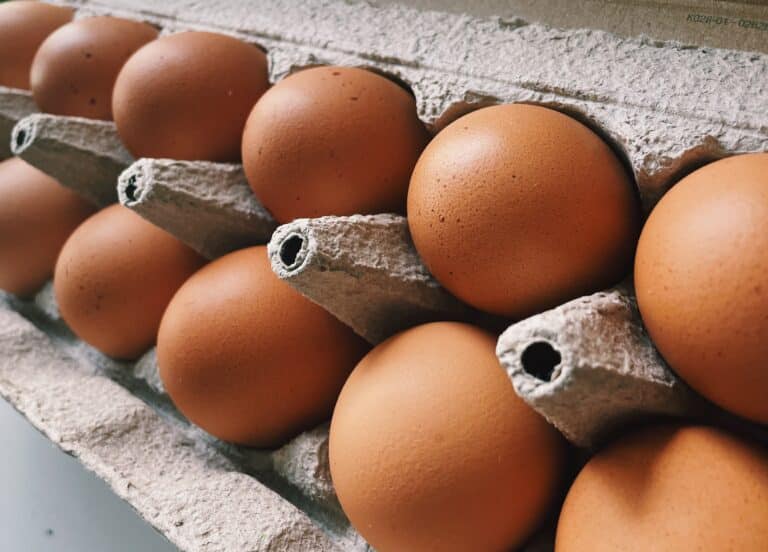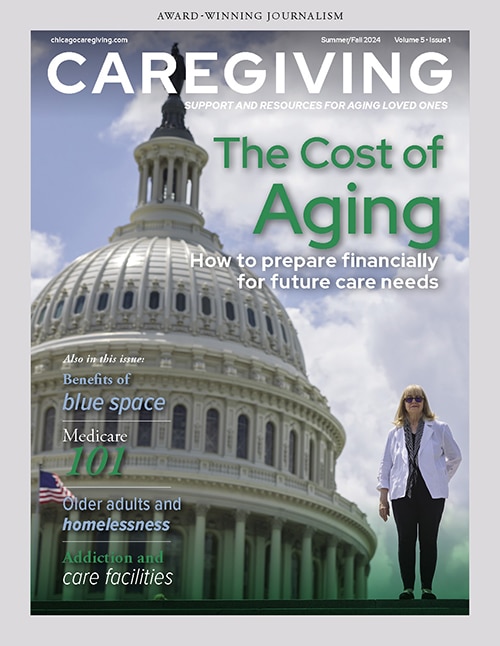By Lisa D’Agrosa, M.S., R.D.
If you lived through the relatively long era when fat was considered the enemy, you may have been surprised by recent research suggesting that fat — and even saturated fat — plays an important role in our diets.
With 9 calories per gram versus the 4 calories per gram found in proteins or carbs, fat is still a higher-calorie choice. But remember that fat adds flavor to foods and helps keep you full, because it takes a long time to digest. Sometimes it might even be smarter to choose the full-fat version of certain foods, as their low-fat counterparts may include unhealthy fillers meant to replace naturally occurring fat.
Here are four foods you might want to consider buying full-fat.
Go for full-fat natural peanut butter
Peanuts have healthy monounsaturated fats that help to lower heart disease risk. When the peanuts are partially defatted to make reduced-fat peanut butters, the missing fat is replaced with added sugar and starches. Plus, most reduced-fat spreads don’t give you much of a calorie savings. It depends on which brand you choose, but both regular and reduced-fat peanut butters deliver about 200 calories per 2-tablespoon serving. Look for natural peanut butter, the kind that contains just peanuts and maybe a little salt, to avoid hydrogenated oils and added sugars.
Eat the whole egg
Although not technically a “reduced-fat” version of a whole egg, egg whites are often viewed as a healthier choice. But when you toss out the golden yolk, you’re losing half the protein (about 3 grams), which helps make eggs a powerhouse choice for breakfast. Plus, the yolk is where healthy nutrients live, like calcium and eye-protecting lutein and zeaxanthin.
The center of the egg has been thought of as a heart disease promoter, because yolks are a significant source of dietary cholesterol. But researchers now think that for most people eating one whole egg daily is fine.
Fat in salad dressing is beneficial
The fats in most salad dressings are typically vegetable oils, so-called “good fats” that help lower levels of “bad” LDL cholesterol. Having some fat in the salad dressing helps you make the most of the nutrients in the salad greens and other veggies. Carotenoids like lutein, lycopene, beta carotene and zeaxanthin require a little fat for absorption. These fat-soluble compounds are associated with reduced risk of heart disease, macular degeneration and even some cancers. And while the calories may be lower in many low-fat dressings, the missing fat is usually replaced with added sugars and starches, fake flavors and color enhancers. Choose bottled dressings made with heart-healthy olive and canola oils (and with a simple ingredient list).
Eat some full-fat dairy
Full-fat dairy is making a comeback. A recent review of 16 studies that looked at the link between obesity and low-fat or full-fat dairy found that in more than half of the studies, eating full-fat dairy instead of low-fat was actually associated with lower body weight, possibly because it’s linked with greater satiety, so you eat less. Just remember that dairy still contains calories, so moderation is key. So maybe order a latte with whole milk instead of nonfat or buy some whole-milk yogurt next time you’re grocery shopping. Your taste buds will thank you and you probably won’t be doing your body any harm.
(EatingWell is a magazine and website devoted to healthy eating as a way of life. Online at www.eatingwell.com.)












